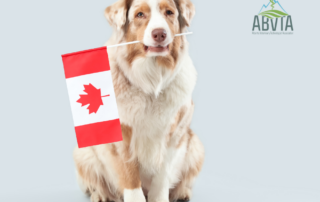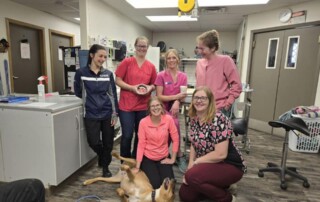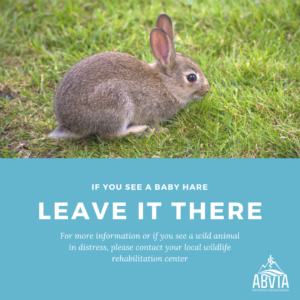Blogs & Peer Reviewed Articles
Canadian-Made: Pet Brands and Companies That Support Our Industry
As tariff restriction information develops, the ABVTA believes in and stands behind Canadian pet products and companies. Supporting local brands helps strengthen our industry by sustaining businesses that employ RVTs and other valued members in the veterinary profession.
Across the country, Canadian brands are producing high-quality pet foods, treats, health products, grooming supplies, […]
5 Powerful Ways Practice Owners Can Empower Women in Veterinary Medicine
Veterinary clinics have the power to drive meaningful change. By implementing policies and practices that champion gender equality, break down stereotypes, and provide strong support, they can foster a more inclusive and empowering work environment.
From fostering mentorship opportunities to advocating for fair wages and flexible work arrangements, every step toward […]
RVTs – Level Up Your Career
The veterinary profession is constantly evolving – and so is the role of veterinary technologists. If you’re looking for ways to change up and enhance your career, consider some of these options.
Take on Leadership Roles in your Practice
This doesn’t necessarily mean management, there are several ways to take a leadership role.
- Research, develop and lead […]
What is Moral Distress and What Can We Do About it to Help Ourselves and Our Profession? – Member Wellness Article
Moral distress and associated injury is a concept that emerged from nursing ethics and I think applies to the veterinary world as RVTs and other veterinary professionals work under extreme pressures of the current pandemic. Moral distress and injury refers to the psychological distress that results from actions or the lack of them which violate one’s […]
What’s Mine is Mine! – Prevention, Management and Treatment of Resource Guarding
Resource guarding is an umbrella term—also known as “possession aggression” or “food-related aggression” in dogs—and rarely ends in sharing. It is defined as “[a] normal behaviour which can become maladaptive. It may be directed at familiar and unfamiliar humans or animals that approach the dog when it is near or in possession of something it values. […]


